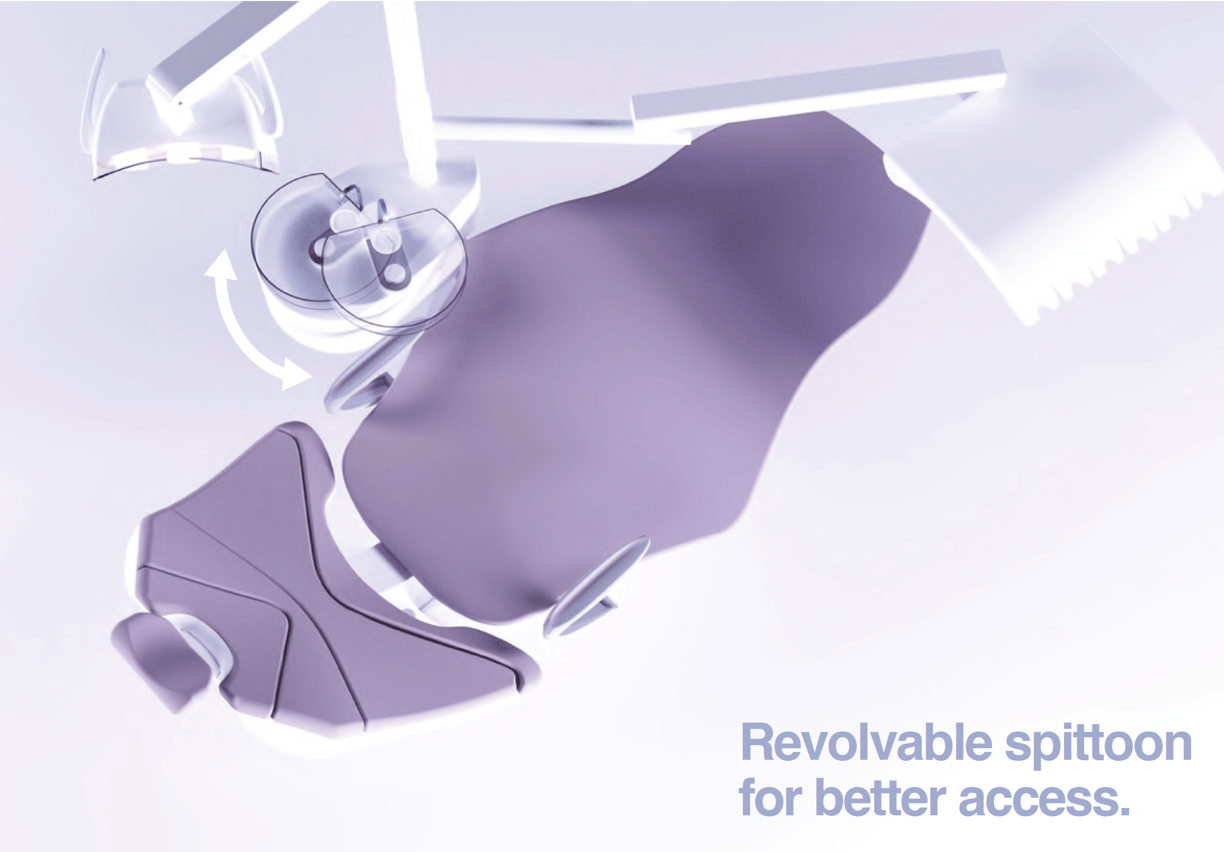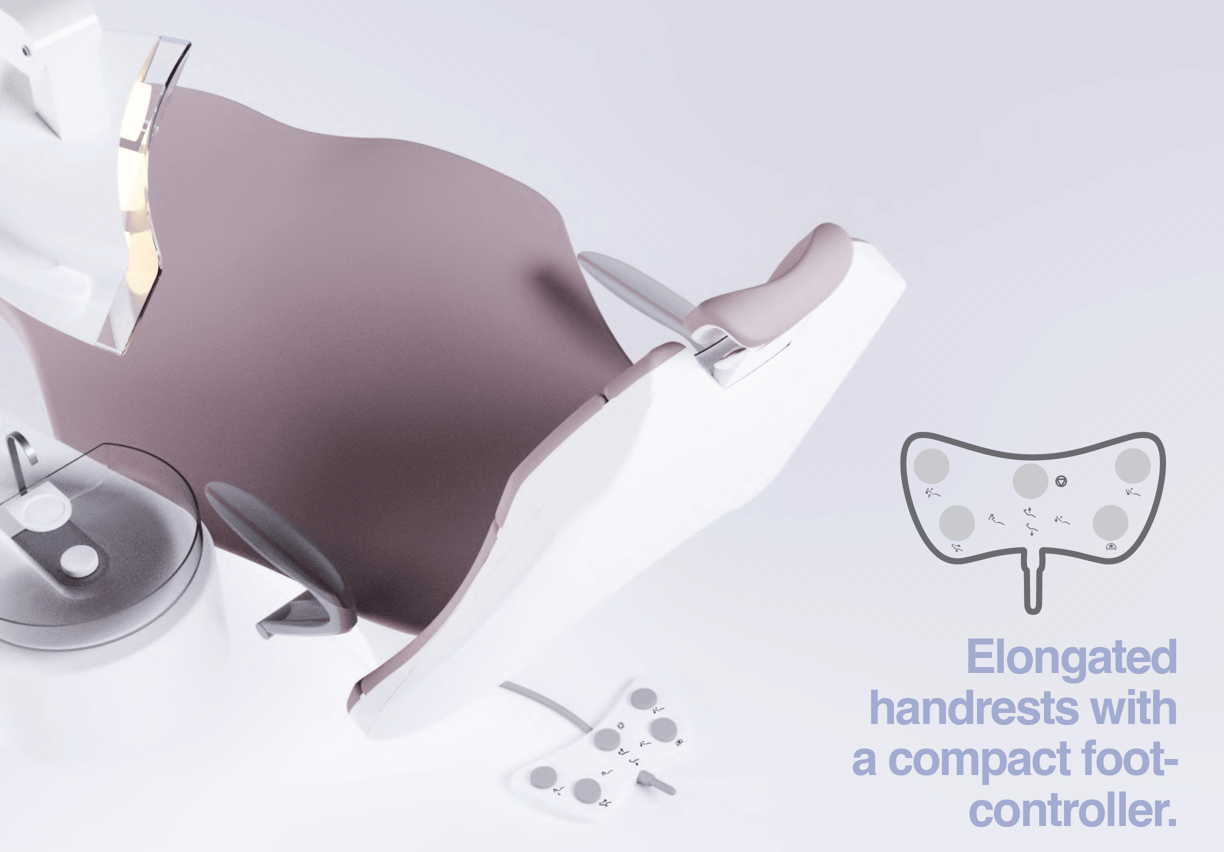VDM Dental Systems is a dental unit manufacturing brand and I worked with them as my final Bachelor’s Degree project, assisting on the Product Design side focusing on in-depth research methodologies of units to be launched in the domestic market.
Nexus
Developed user-centered design language competing against established brands, focusing on user research using user needs, empathy mapping, multi-disciplinary collaboration, insight analysis, stakeholder engagement and user testing.
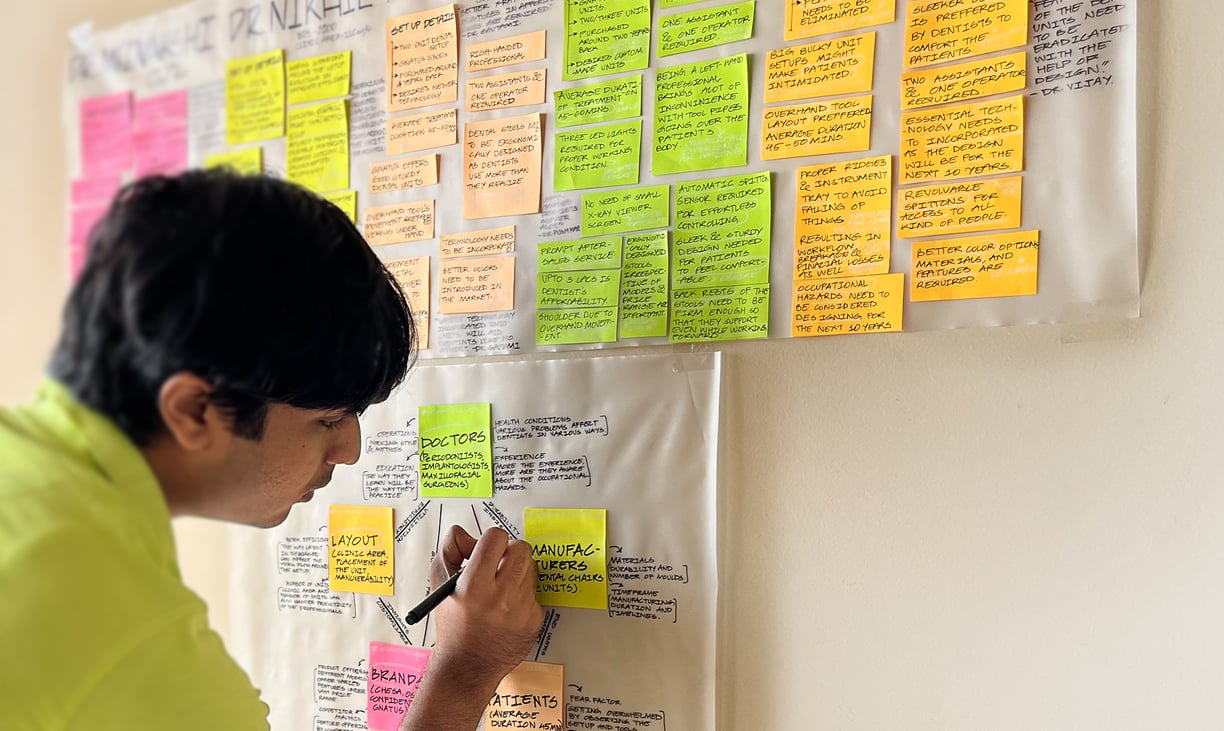

The user research involved gaining insights into workload management, physical pain points, desired features, efficient layout, user requirements to design better innovative outcomes.


Problem identification
Design systems




Insight analysis
+
Understanding individuals & on-field research
Additionally, our focus was on how are the existing designs experienced and perceived by end users for in-depth problem identification, user journeys, and overall intuitive design systems.
+
Five Human Factors Method
The research also incorporated the Five Human Factors method to gain deeper insights into the experiences of involved people. Physical, cognitive, social, cultural, and emotional were the five factors.
01. Physical: How do individuals engage with the objects they interact with? What are the sensations, actions, and observations involved when they touch, feel, observe, operate, access, and perform other related activities?
02. Cognitive: How do people assign significance to the objects they engage with? What are the diverse interactions they encounter? What do they read, comprehend, evaluate, make choices about, and experience?
03. Social: How do people behave in teams around the setup? How do they communicate, coordinate actions and work in confined space?
04. Cultural: Are there any norms, established standards, values, principles, habits or routines people follow around the setup?
05. Emotional: How do people experience their feelings and thoughts around the setup? Are there any trigger points?
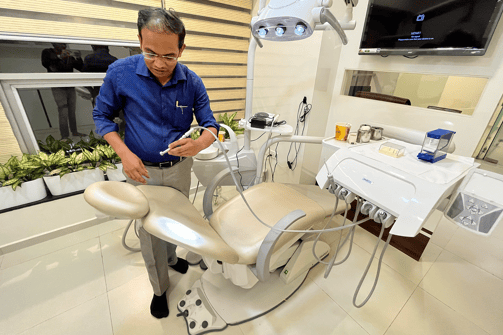

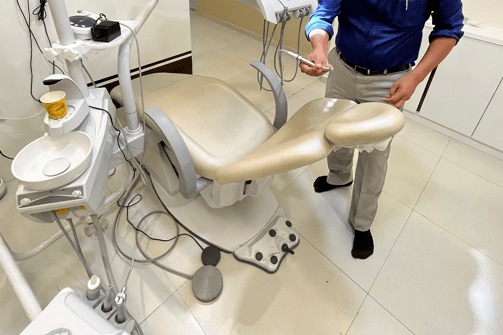

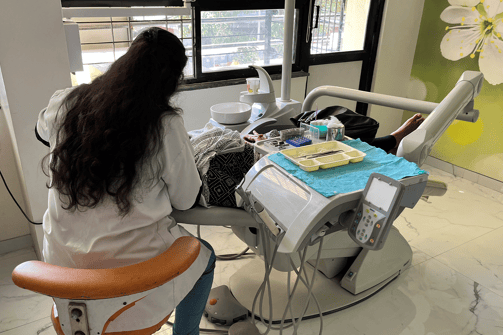

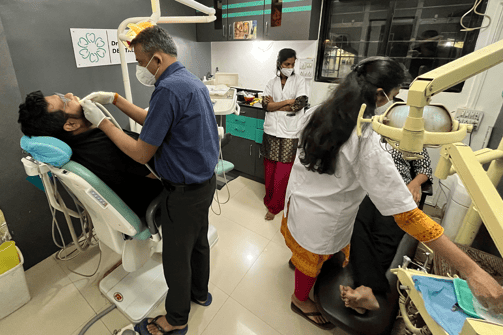

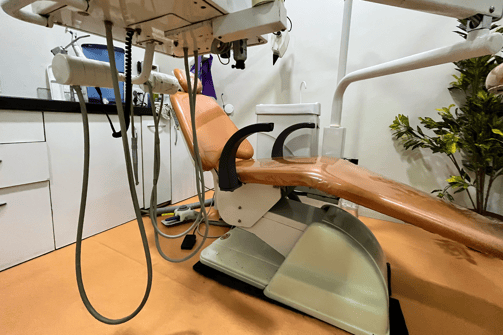

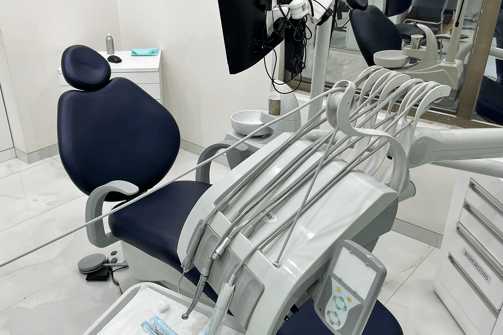

Field visits to observing people, involved stakeholders and their interactions with and around the dental setup.
The setup layout ranged between 110 sq.ft. - 2,540 sq.ft. area, with different user and dentists age groups, varied setup layouts to get to the bottom of pain points on physical and mental levels.
It was crucial to understand industry standard practices to dive deep into the significant research phase.
There are already devices that help people with disabilities navigate buildings. Instead of just helping disabled people experience a space through VR, we should use technology to design spaces that are accessible from the start. This way, we prevent accessibility issues before they happen.
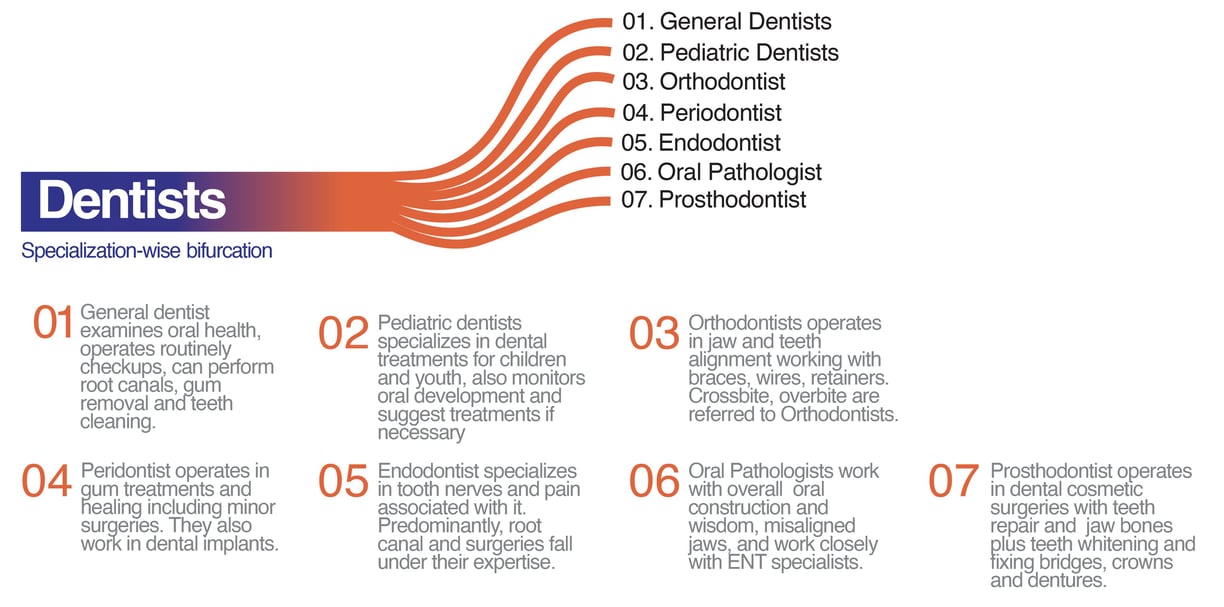

User Experience & pain points
Therefore, I created a designation graph to map every related field to the client’s user. This helped us better segregate our strategy and be specific with implementing a better design system.


Framing insights included understanding the value flow through multiple stakeholders, gaining a perspective on systems level to recognize real-world challenges by placing the unit into the overall healthcare system.


Synthesis visualization

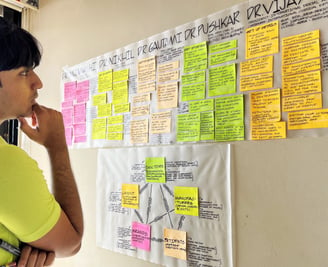
The data collected was clustered and mapped into different categories as per criteria.
The method used for this clustering was Insights Sorting. This assisted to look further into the pain points of involved people and understanding their situations.
The Descriptive Value Web methodology was used to gain a comprehensive understanding of how values are generated and exchanged within the system.
This approach facilitates a shared comprehension among diverse stakeholders within the system and helps identify the most effective solutions to address their specific needs/gaps of the market.
For example, trans-disciplinary connections between patients & manufacturers were not established in specified way and made many crucial insights to disappear, affecting both and the larger system in result.
Therefore, the descriptive value web technique enabled generating deeper insights to work upon.


User-centred analysis & systems approach
This user-centered analysis made us realize some unrecognized needs of our end users, incorporating them into our final design.
The approach with systems thinking strengthened our foundational principles for the brand, integrating cross-collaboration between entities like patients, manufacturers, doctors, brands and more.
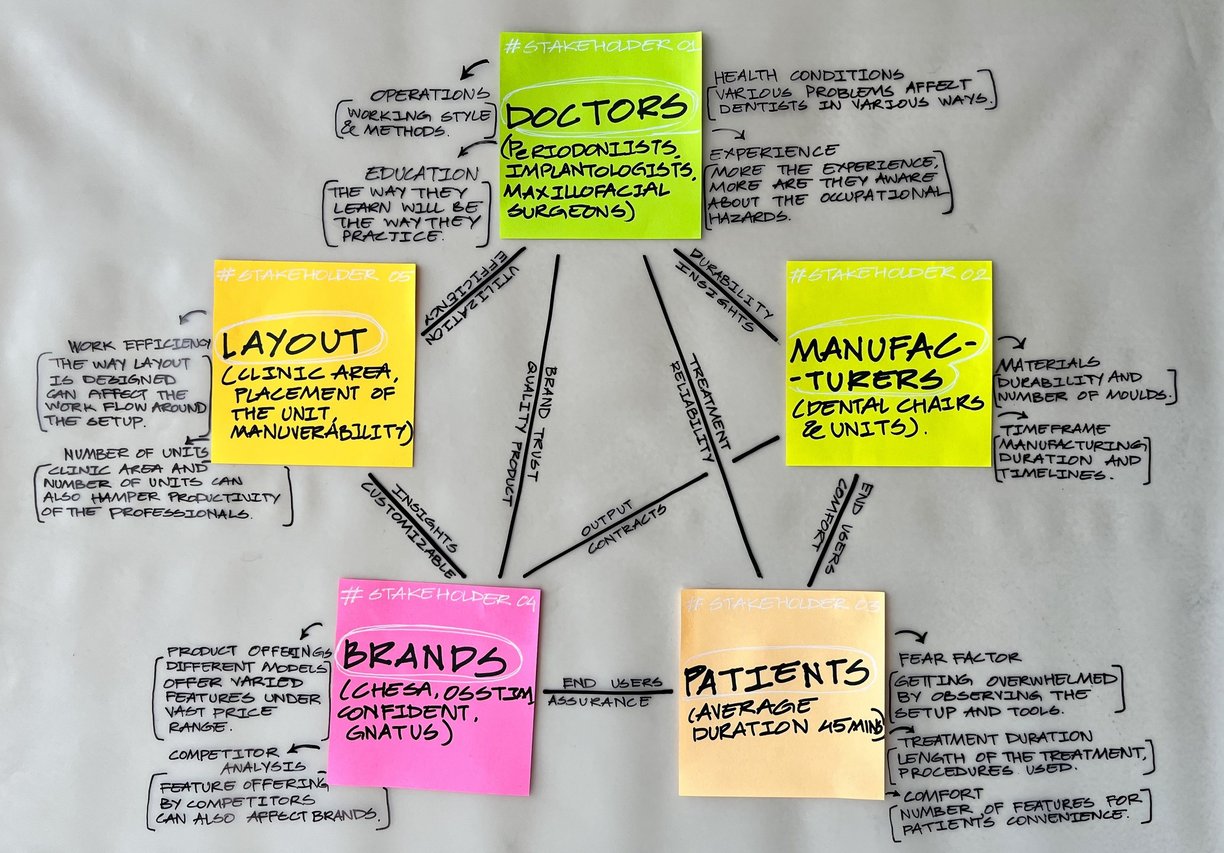

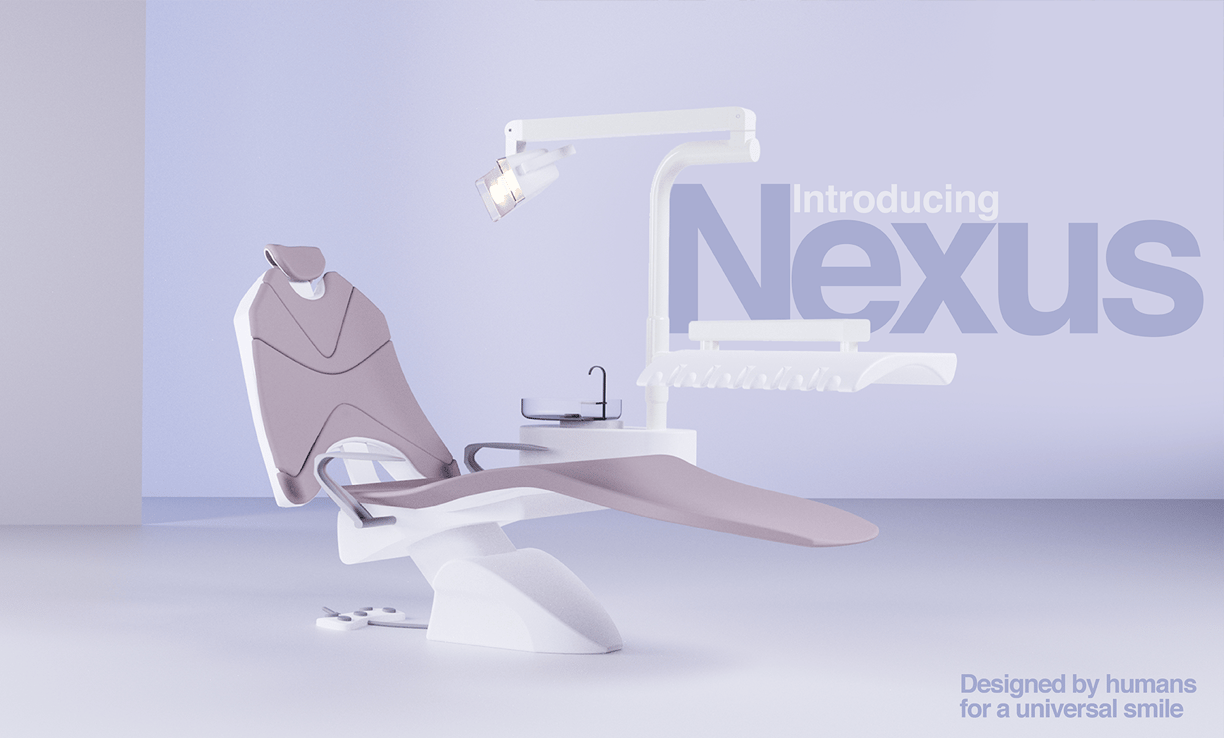

It was also part of the project that branding and the communication of the entire design process was presented to the stakeholders and the end users in a proper way.
The design strategy was to keep the client’s product in a visible layout with proper hierarchy and visual elements justifying the design decisions taken during the timeline.
Branding & communication
To showcase the crucial focus on the user experience research, only significant parts of the project were selected to be included in the portfolio.
It was these design decisions informed and validated by comprehensive research methodologies collaborated with industry professionals, users, stakeholders and value system that the end result was a successful product soon to be launched in the market.
